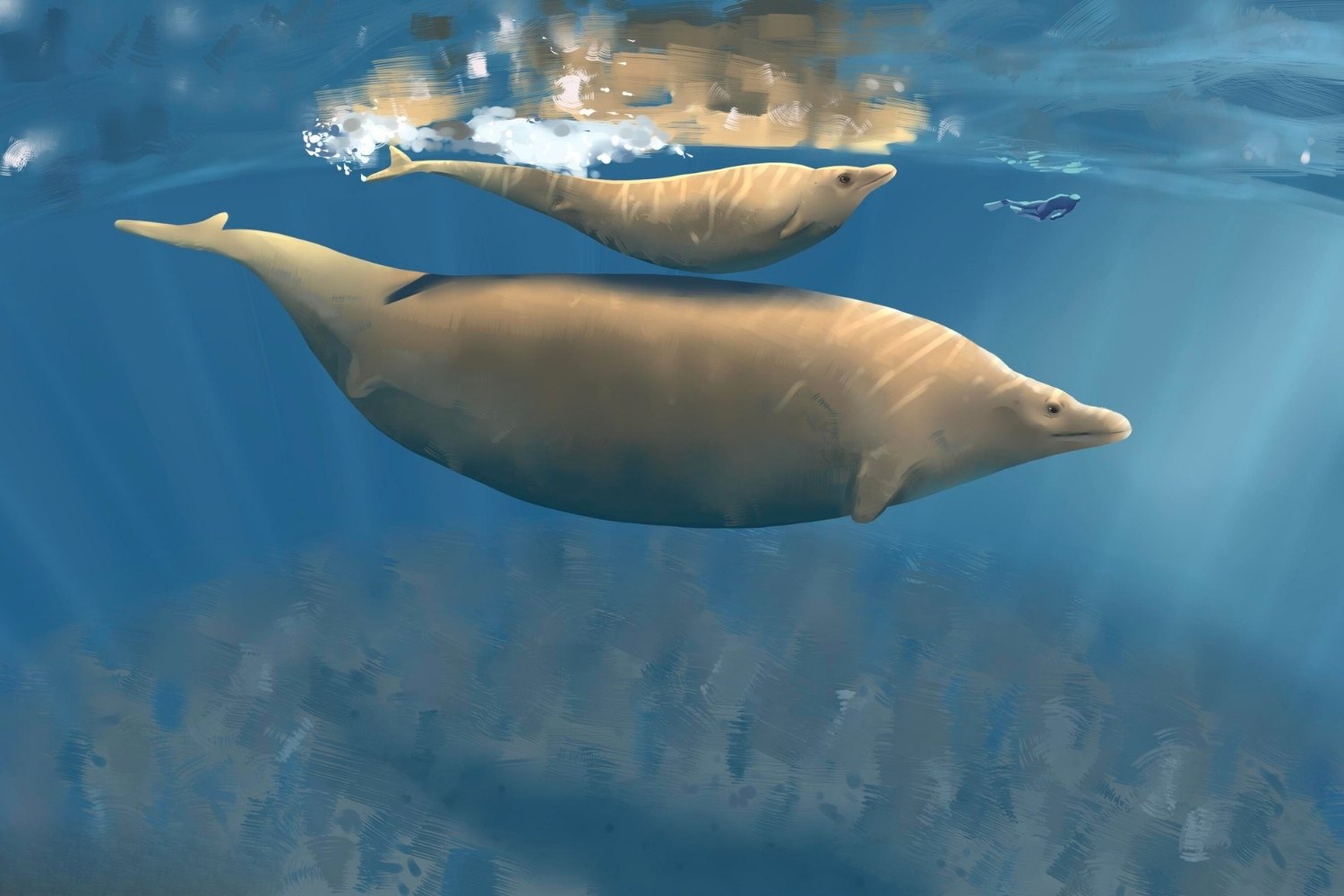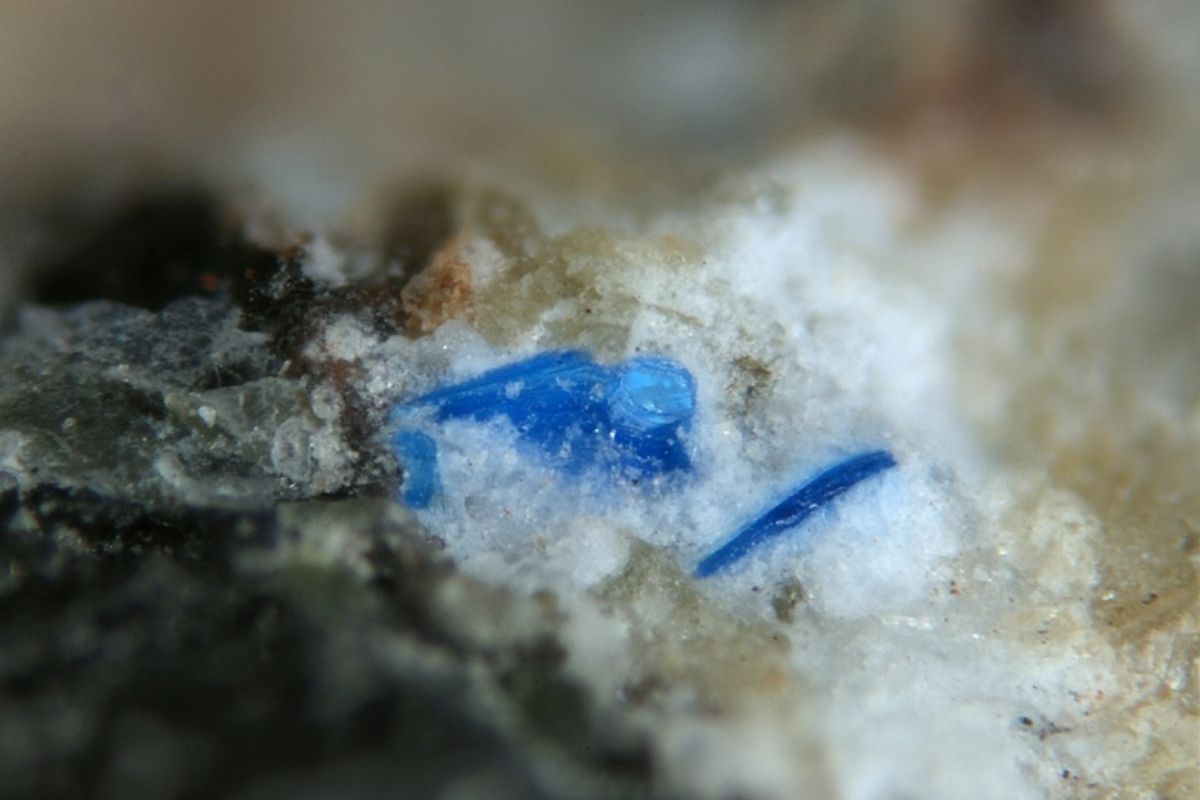
Perucetus colossus, a name that might sound like something out of a sci-fi movie, is actually a prehistoric whale that roamed the oceans millions of years ago. This colossal creature is believed to be one of the heaviest animals to have ever existed. Imagine a whale so massive that it dwarfs even the largest of today's marine giants! What makes Perucetus colossus truly fascinating is not just its size, but the mysteries it holds about ancient marine life. How did it live? What did it eat? How did it compare to other prehistoric giants? Let's dive into 35 mind-blowing facts about this ancient behemoth and uncover the secrets of one of the ocean's most awe-inspiring inhabitants.
Key Takeaways:
- Perucetus Colossus, a colossal whale from Peru, lived 37 million years ago. Its massive size, heavy bones, and filter-feeding habits provide valuable insights into ancient marine ecosystems and the evolution of whales.
- The discovery of Perucetus Colossus has sparked interest in ancient marine life. Its fossils, displayed in museums and featured in documentaries, continue to inspire new theories and capture the imagination of people worldwide.
What is Perucetus Colossus?
Perucetus Colossus is a fascinating prehistoric creature that has captured the imagination of scientists and enthusiasts alike. This massive whale species roamed the oceans millions of years ago, leaving behind a legacy that continues to intrigue researchers.
- Perucetus Colossus lived approximately 37 million years ago during the Eocene epoch.
- This ancient whale species was discovered in Peru, hence its name.
- The name "Perucetus Colossus" translates to "Colossal Whale from Peru."
- Fossil evidence suggests it could have been one of the largest animals ever to exist.
- Its bones were first unearthed in the Ica Desert of Peru.
Physical Characteristics of Perucetus Colossus
Understanding the physical traits of Perucetus Colossus helps paint a picture of this gigantic marine mammal. Its size and structure were truly remarkable.
- The estimated length of Perucetus Colossus is around 20 meters (65 feet).
- It is believed to have weighed between 40 to 50 tons.
- Its vertebrae were massive, some measuring over 1 meter in diameter.
- The ribs of Perucetus Colossus were thick and dense, indicating a robust body structure.
- Unlike modern whales, its bones were unusually heavy, suggesting it lived in shallow waters.
Diet and Feeding Habits
The diet of Perucetus Colossus gives insight into its role in the ancient marine ecosystem. Its feeding habits were likely influenced by its enormous size.
- Perucetus Colossus was likely a filter feeder, similar to modern baleen whales.
- It probably consumed large quantities of small marine organisms like krill and plankton.
- Its massive size would have required a substantial daily intake of food.
- The whale's feeding grounds were likely rich in marine life, providing ample sustenance.
- Fossil evidence suggests it may have also fed on small fish and squid.
Habitat and Distribution
The habitat of Perucetus Colossus was vastly different from the oceans we know today. Its distribution provides clues about the ancient marine environment.
- Perucetus Colossus inhabited the warm, shallow seas of the Eocene epoch.
- Fossils have been found in what is now the Ica Desert, indicating a once-marine environment.
- The region where it lived was likely teeming with diverse marine life.
- Its habitat would have included coastal areas with abundant food sources.
- The distribution of its fossils suggests it may have had a wide range across ancient seas.
Discovery and Research
The discovery of Perucetus Colossus has been a significant milestone in paleontology. Ongoing research continues to reveal more about this incredible creature.
- The first fossils were discovered by a team of paleontologists in the early 21st century.
- Initial findings included vertebrae, ribs, and other skeletal remains.
- Researchers have used advanced imaging techniques to study the fossils in detail.
- The discovery has provided valuable insights into the evolution of marine mammals.
- Ongoing excavations in Peru continue to uncover more fossils of Perucetus Colossus.
Significance in Evolutionary Biology
Perucetus Colossus holds a crucial place in the study of evolutionary biology. Its characteristics offer a glimpse into the past and the development of marine life.
- It represents an early stage in the evolution of modern whales.
- The heavy bones of Perucetus Colossus suggest a transition from land to sea.
- Its size and structure provide clues about the adaptations needed for marine life.
- The discovery has helped scientists understand the diversity of ancient whale species.
- Perucetus Colossus is a key piece in the puzzle of whale evolution.
Interesting Tidbits
Beyond its scientific significance, Perucetus Colossus has some intriguing aspects that capture the imagination.
- Its discovery has sparked interest in the ancient marine ecosystems of Peru.
- The fossils are displayed in museums, attracting visitors from around the world.
- Perucetus Colossus has been featured in documentaries and educational programs.
- Artists have created reconstructions of what this giant whale might have looked like.
- The ongoing research continues to inspire new theories about ancient marine life.
The Final Word on Perucetus Colossus
Perucetus colossus, a prehistoric whale, stands out as one of the most fascinating creatures to have ever existed. Its massive size, estimated to be around 65 feet long and weighing up to 340 tons, makes it a true giant of the ancient seas. This whale's unique skeletal structure, with its dense bones, suggests it was a slow-moving behemoth, possibly feeding on the ocean floor. The discovery of Perucetus colossus has provided scientists with invaluable insights into the evolution of marine mammals and their adaptation to aquatic life. Its existence challenges our understanding of prehistoric marine ecosystems and the diversity of life forms that once thrived. As we continue to uncover more about this incredible creature, Perucetus colossus reminds us of the endless mysteries our planet holds, waiting to be explored and understood.
Frequently Asked Questions
Was this page helpful?
Our commitment to delivering trustworthy and engaging content is at the heart of what we do. Each fact on our site is contributed by real users like you, bringing a wealth of diverse insights and information. To ensure the highest standards of accuracy and reliability, our dedicated editors meticulously review each submission. This process guarantees that the facts we share are not only fascinating but also credible. Trust in our commitment to quality and authenticity as you explore and learn with us.


